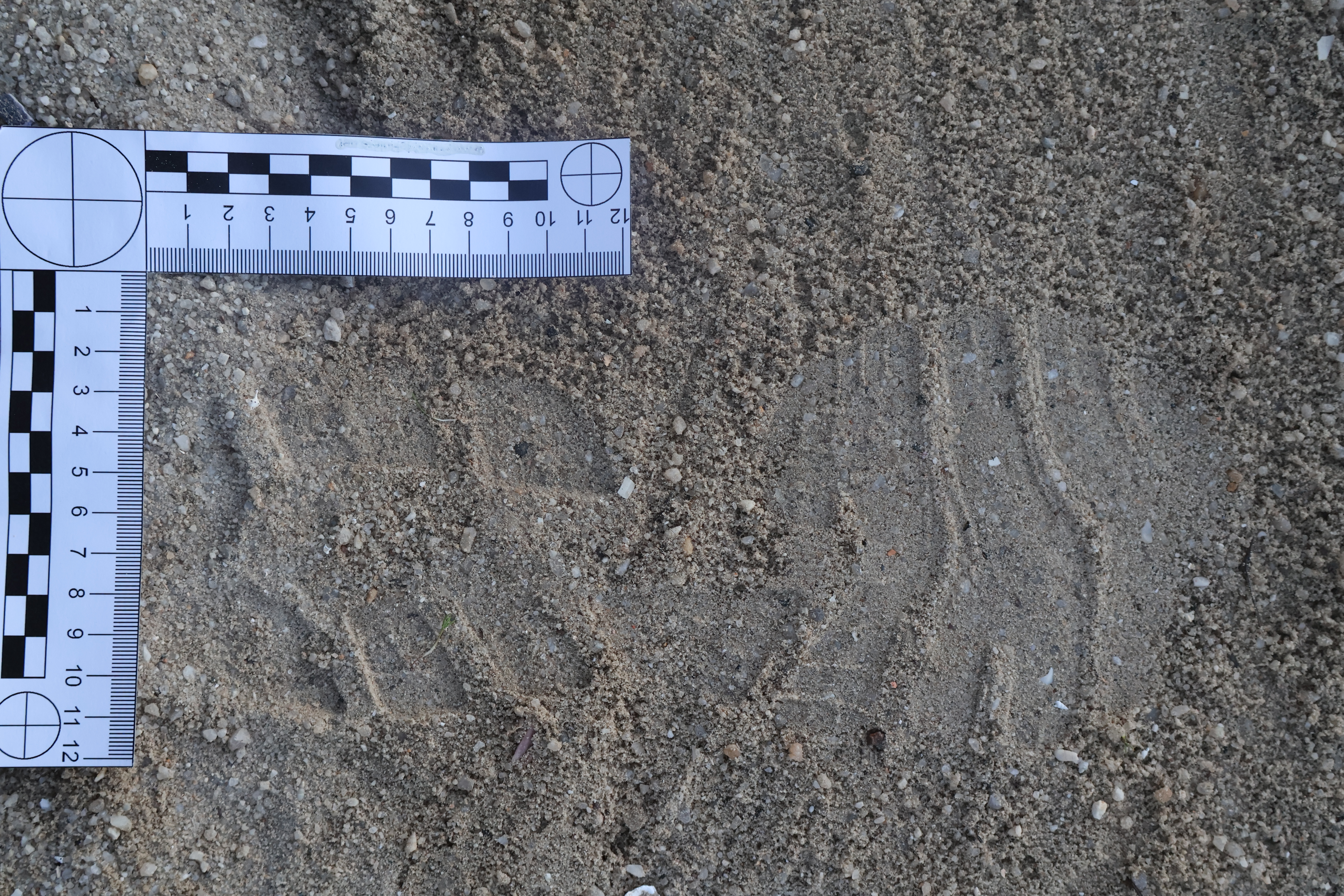Edit
Delete
Forensic Shoe Impression Analysis
The Adventure
Objects, such as shoes and tyres, leave impressions on surfaces that can then be matched and individualised through wear patterns. Expand your forensic investigation techniques by investigating shoe imprint patterns.
Plan
- Investigate class, individualising, and wear characteristics. What are they and how can they be useful in forensic investigations? You may find this website as a good starting.
- Investigate the causes of wear and erosion.
- Read the safety information and discuss with your leaders or another appropriate adult what safety equipment, precautions, and supervision may be required. Ensure that you have these safety measures in place before starting the ‘Do’ section.
- Gather all the equipment that you need to make your fingerprint analysis experience. You will need the following equipment: a selection of shoes (the number and similarity of the shoes should depend on how difficult you want the case to be), a camera (optional), and a method of making an impression and the associated materials (i.e. paint). For an extra bit of crime scene flair, you may like to download and print an evidence ruler.
Do
- Have someone who is not investigating the case, make an imprint or impression of one of the shoes on a surface. This imprint/impression may be molded into a surface, such as dirt or sand, or "stamped" onto a surface using a material such as paint. The person making the imprint should know which shoe was used but the "investigators" should not. If a media, such as paint, which may then be visible on the shoe is used, the shoe should be thoroughly cleaned and dried prior to the investigation.
- Take a photograph of the impression. You should try and ensure that the camera is parallel to the surface being photographed and if using an evidence ruler, that it is placed as close to without covering the impression, such as the image below.
- Using a process of elimination and looking at the different characteristics of the shoes, work out which shoe made the imprint.
- Check with the person who made the imprint if the correct shoe has been identified.
Review
- Were you able to identify the shoe that made the imprint? How easy or hard was it?
- What features were useful for identifying the imprint?
- How do you think this could aid in criminal investigations?
- What did you learn from this activity? What would you do differently?
- What other techniques or methods do you think may be useful for identifying the shoe?
Variations
This Challenge Card pairs well with other forensic challenge cards for a "Whodunnit" night. It can pair especially well with soil pH testing for a good storyline.
Depending on the section and challenge area used, this challenge card can also be paired with a police station visit or some other law enforcement related community involvement.

























